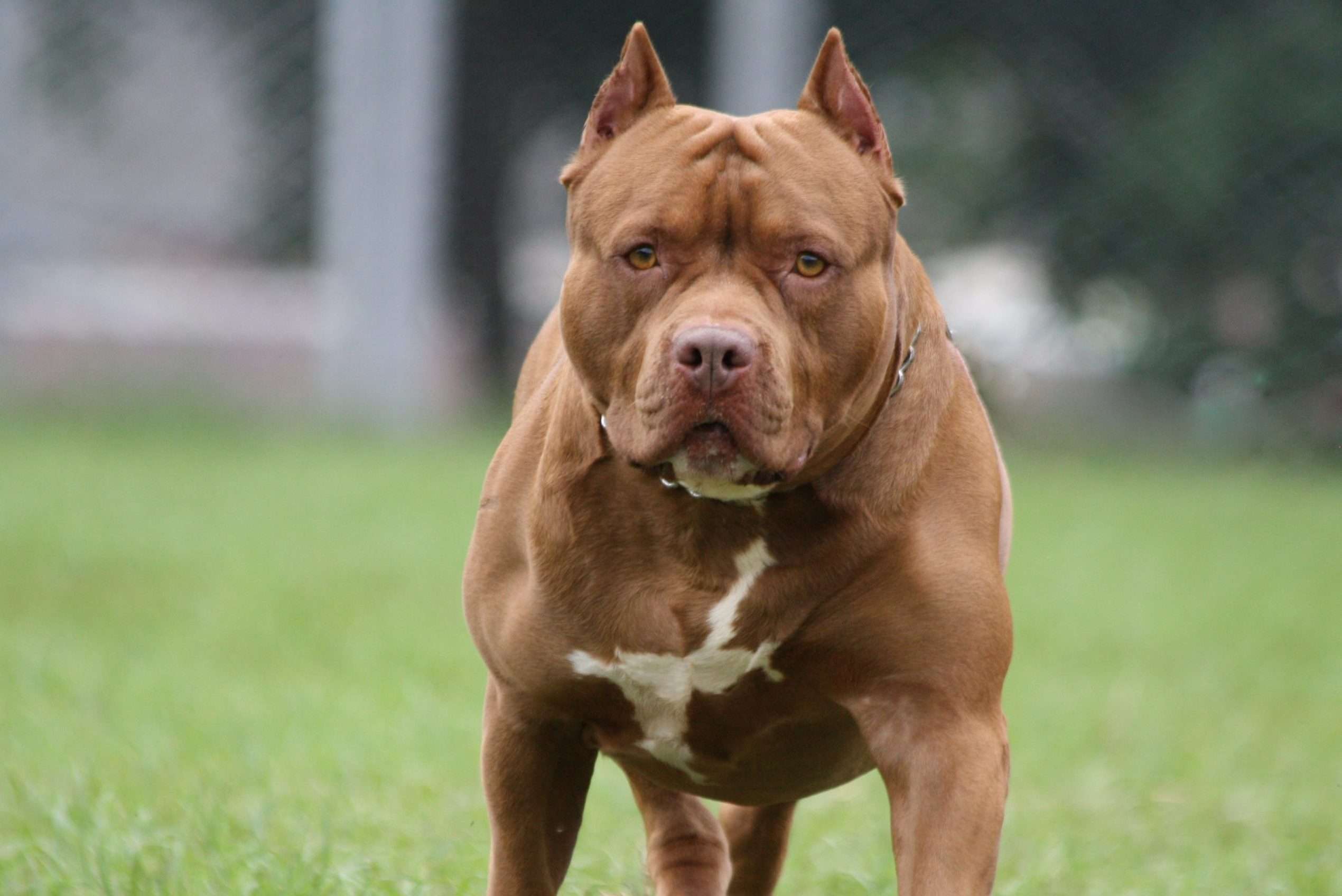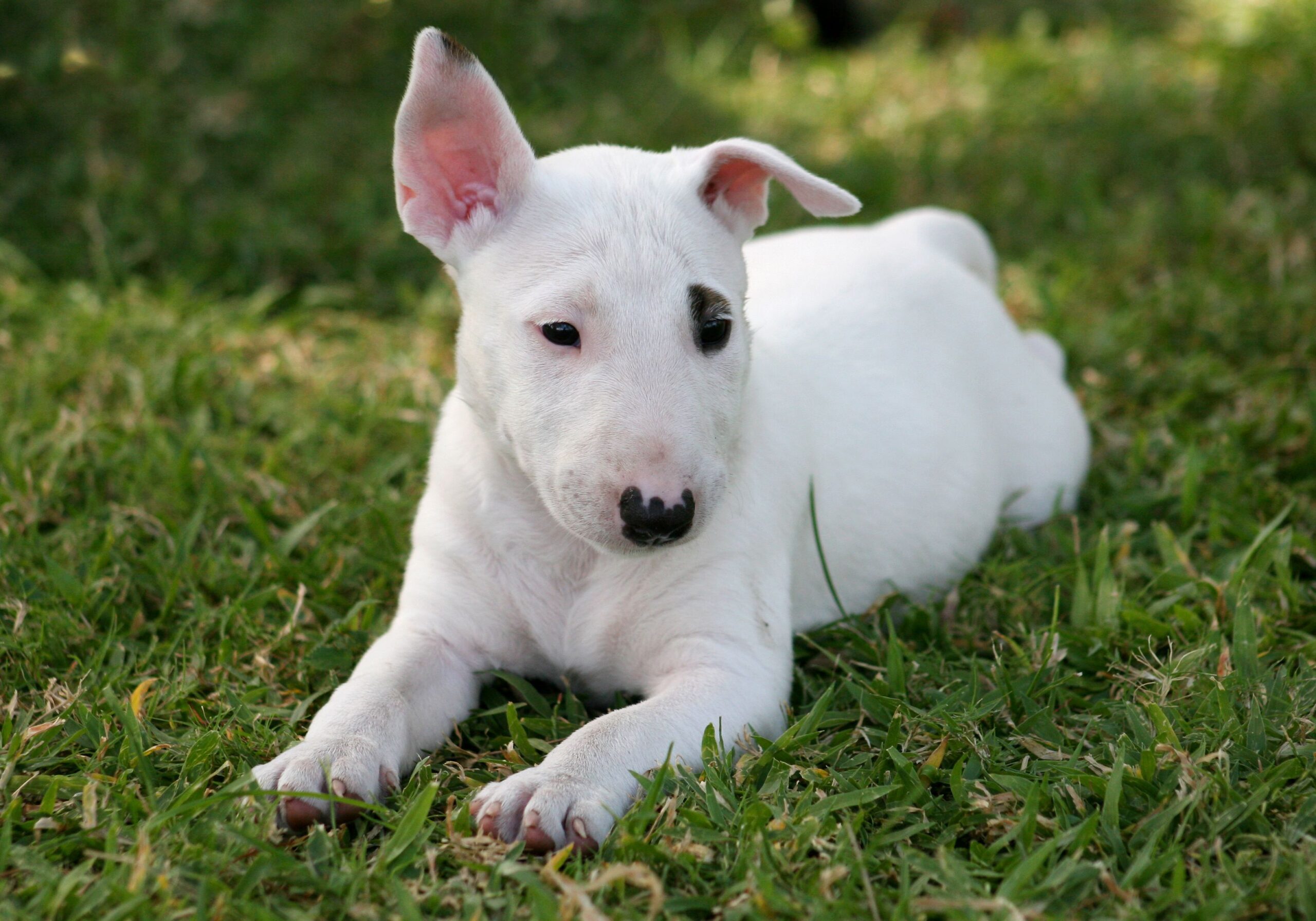Key Takeaways:
- Consistent and positive training methods are crucial for pit bulls to become well-behaved family pets.
- Socialization from an early age is essential to ensure that pit bulls are comfortable around people, other animals, and various environments.
- Establishing clear rules and boundaries will help pit bulls understand their place within the family hierarchy and prevent any potential behavior issues.
- Regular exercise and mental stimulation are necessary to keep pit bulls physically and mentally healthy, reducing the likelihood of destructive behavior.
- Proper supervision is important when introducing a pit bull to children or other pets to ensure everyone's safety and prevent any negative interactions.
Are you looking for a loyal and loving addition to your family? Look no further than the pit bull dog. Despite their unfair reputation, these incredible animals have the potential to be exceptional family pets. By understanding how to train your pit bull dog, you can unlock their true potential and create a harmonious bond that will last a lifetime. Not only will this benefit you and your family, but it will also help combat the negative stereotypes surrounding these wonderful creatures. So, let's dive into the world of pit bull training and discover the secrets to transforming them into well-behaved and cherished members of your family.
Basic Steps for Training a Pit Bull Dog to be a Good Family Pet
Pit Bull dogs can make wonderful family pets when properly trained and socialized. Here are some basic steps to help you train your Pit Bull to be a well-behaved and happy member of your family:
1. Start with Basic Obedience Training
Begin by teaching your Pit Bull basic obedience commands such as sit, stay, come, and down. Use positive reinforcement techniques like treats or praise to reward good behavior. Be consistent with your training sessions, keeping them short and frequent.
2. Establish Rules and Boundaries
Set clear rules and boundaries for your Pit Bull from the beginning. Teach them what is acceptable behavior and what is not. For example, teach them not to jump on people or furniture, not to beg for food, and not to chew on household items.
3. Socialize Your Pit Bull
Socialization is crucial for Pit Bulls as it helps them become comfortable around different people, animals, and environments. Introduce your dog to new experiences gradually and positively. Take them for walks in different places, allow them to meet other friendly dogs, and expose them to various sights and sounds.
Tips for Socializing Your Pit Bull:
- Start socializing your puppy at an early age when they are more receptive to new experiences.
- Expose them to different types of people including children, adults, men, women, etc.
- Introduce them to other animals in controlled environments such as supervised playdates or obedience classes.
- Reward calm behavior during socialization encounters with treats or praise.
4. Provide Mental Stimulation
Pit Bulls are intelligent dogs that require mental stimulation to prevent boredom and destructive behavior. Engage your dog in activities like puzzle toys, obedience training, or interactive games. This will help keep their minds sharp and provide a positive outlet for their energy.
5. Be Patient and Consistent
Training a Pit Bull takes time and patience. Be consistent with your commands, rewards, and expectations. Avoid punishment-based training methods as they can lead to fear or aggression in your dog. Instead, focus on positive reinforcement techniques to encourage good behavior.
By following these basic steps and investing time and effort into training, you can have a well-behaved Pit Bull that is a loving and cherished member of your family.
Teaching Good Behavior and Manners to Your Pit Bull Dog
Establishing Boundaries and Consistency
To teach good behavior and manners to your pit bull dog, it is important to establish clear boundaries and be consistent with your expectations. Dogs thrive on routine, so setting a consistent schedule for feeding, exercise, and training will help them understand what is expected of them. Use positive reinforcement techniques such as treats, praise, and rewards to reinforce good behavior. Avoid punishment-based methods as they can lead to fear or aggression.
Basic Obedience Training
Start by teaching your pit bull dog basic obedience commands like sit, stay, come, and leave it. Use short and simple commands along with hand signals to make it easier for your dog to understand. Break down each command into small steps and reward your dog for successfully completing each step. Practice these commands in different environments with increasing distractions to ensure that your dog can obey even in challenging situations.
Tips:
- Use high-value treats like small pieces of cooked chicken or cheese to motivate your pit bull during training sessions.
- Keep training sessions short (around 10-15 minutes) to maintain your dog's focus and prevent boredom.
- Be patient and consistent; dogs learn at their own pace.
The Importance of Socializing Your Pit Bull Dog from an Early Age
Socializing your pit bull dog from an early age is crucial for their overall well-being and behavior. Exposing them to various people, animals, sounds, and environments helps them develop confidence and reduces the likelihood of fear or aggression later in life.
Puppy Socialization Classes
Enroll your pit bull puppy in puppy socialization classes where they can interact with other puppies and learn appropriate play behavior. These classes provide a controlled environment for your puppy to socialize and learn from experienced trainers.
Gradual Exposure
Introduce your pit bull dog to different environments, such as parks, busy streets, and public places, gradually. Start with less overwhelming situations and gradually increase the level of exposure. Encourage positive interactions with people and animals by rewarding calm and friendly behavior.
Tips:
- Expose your pit bull to various types of people, including children, adults, and individuals wearing hats or uniforms.
- Ensure all interactions are positive by rewarding good behavior with treats or praise.
- Avoid forcing your dog into uncomfortable situations; let them approach new things at their own pace.
Effective Techniques for Teaching Obedience Commands to Your Pit Bull Dog
Teaching obedience commands to your pit bull dog is essential for their safety and well-being. Here are some effective techniques you can use:
Positive Reinforcement Training
Use positive reinforcement techniques to teach obedience commands. Reward your pit bull with treats, praise, or play whenever they successfully follow a command. This creates a positive association with obeying commands and motivates them to repeat the desired behavior.
Clicker Training
Consider using clicker training as a precise way to mark desired behaviors. Pair the sound of the clicker with a treat or reward every time your pit bull performs the desired action correctly. Eventually, your dog will associate the clicker sound with receiving a reward.
Tips:
- Keep training sessions short but frequent (multiple times a day) to maintain engagement.
- Use a calm and confident tone of voice when giving commands.
- Consistency is key; use the same command word and hand signal for each behavior.
Using Positive Reinforcement to Train Your Pit Bull Dog
Positive reinforcement is a powerful tool for training your pit bull dog. By rewarding desired behaviors, you can effectively shape their behavior and strengthen the bond between you and your dog.
Identifying Rewards
Discover what motivates your pit bull dog the most. It could be treats, praise, toys, or playtime. Use these rewards during training sessions to reinforce good behavior. Find high-value treats that your dog finds irresistible.
Timing and Consistency
Reward your pit bull immediately after they perform the desired behavior. This helps them associate the reward with the specific action they just completed. Be consistent in rewarding every time they exhibit the desired behavior to reinforce it effectively.
Tips:
- Avoid using punishment or negative reinforcement as it can lead to fear or aggression.
- Vary the types of rewards to keep your pit bull motivated and engaged during training.
- Gradually reduce the frequency of treats over time but continue to provide verbal praise or other forms of rewards.
Dealing with Aggressive Behavior in Your Pit Bull Dog
If you notice aggressive behavior in your pit bull dog, it's important to address it promptly and seek professional help if needed. Here are some steps you can take:
Identify Triggers
Observe and identify what triggers aggressive behavior in your pit bull. It could be certain situations, people, animals, or even specific body language cues. Understanding the triggers can help you manage and prevent aggressive episodes.
Consult a Professional
If your pit bull's aggression persists or escalates, consult a professional dog trainer or behaviorist who specializes in working with aggressive dogs. They can assess the situation, provide guidance, and develop a tailored training plan to address the aggression.
Tips:
- Never punish or physically confront an aggressive pit bull as it may worsen the behavior.
- Ensure your pit bull receives regular exercise and mental stimulation to prevent frustration that can contribute to aggression.
- Always prioritize safety; use a secure leash and muzzle if necessary when in public spaces.
Tips for Creating a Safe and Loving Environment for Your Pit Bull Dog at Home
Creating a safe and loving environment is crucial for your pit bull's overall well-being. Here are some tips to ensure their happiness at home:
Provide Proper Shelter
Ensure your pit bull has a comfortable and secure shelter that protects them from extreme weather conditions. Provide bedding or blankets for added comfort.
Regular Exercise and Mental Stimulation
Engage your pit bull in daily exercise routines such as walks, runs, or play sessions. Mental stimulation through puzzle toys or training activities helps prevent boredom and destructive behaviors.
Show Affection and Establish Routine
Spend quality time with your pit bull, offering affectionate gestures like petting, belly rubs, or gentle massages. Establishing a consistent routine for feeding, exercise, and sleep helps them feel secure.
Tips:
- Avoid leaving your pit bull alone for extended periods; they thrive on human companionship.
- Create designated areas where your dog can rest and feel safe, such as a cozy corner or a crate.
- Keep hazardous substances, plants, and small objects out of your pit bull's reach to prevent accidents.
In conclusion, training your pit bull dog to be a good family pet requires patience, consistency, and positive reinforcement. By providing love and guidance, you can ensure a happy and well-behaved companion for your family.
How do pitbulls make good family pets?
These dogs have always been well-liked as family pets due to their gentle, affectionate, and loyal nature. Even pit bulls that were bred for fighting other animals were not naturally aggressive towards humans. Fighting dogs needed to be regularly handled by people, so any aggression towards people was not accepted.
Is A pitbull a good family pet?
It is widely recognized that Pit Bulls are great with children. When they are properly trained and owned by responsible owners, they can be excellent family pets. According to the American Canine Temperament Test Society, Pit Bulls have one of the most stable temperaments among purebred dogs, comparable to golden retrievers.
How do pit bulls choose their favorite person?
As social creatures, dogs naturally gravitate towards individuals who show them affection, give them attention, and provide positive experiences. Allow your dog to embrace their canine nature and enjoy spending time with and being in the presence of that person, whether it's you or someone else. However, don't give up on being one of their preferred companions!
Do pitbulls like to cuddle?
Pitbulls are highly social animals who thrive on human connection and love to cuddle. They are known for being very affectionate, and the bond between a pitbull and its owner is incredibly strong.
Do pitbulls attach to one person?
Pit Bulls develop strong connections with their owners. They will be loyal friends for life, but this loyalty requires effort on your part. You must show your dog the same loyalty and devotion and be prepared to spend a significant amount of time (at least 2 hours a day) with your pet for the rest of their life.
What causes pitbulls to be aggressive?
Certain dogs have been specifically bred for their ability to fight. Even in present times, individuals choose the most aggressive puppy from a litter and mate it with a proven fighting dog, resulting in a litter of innately aggressive puppies. This can often result in aggression problems regardless of how much the dog is socialized.
















